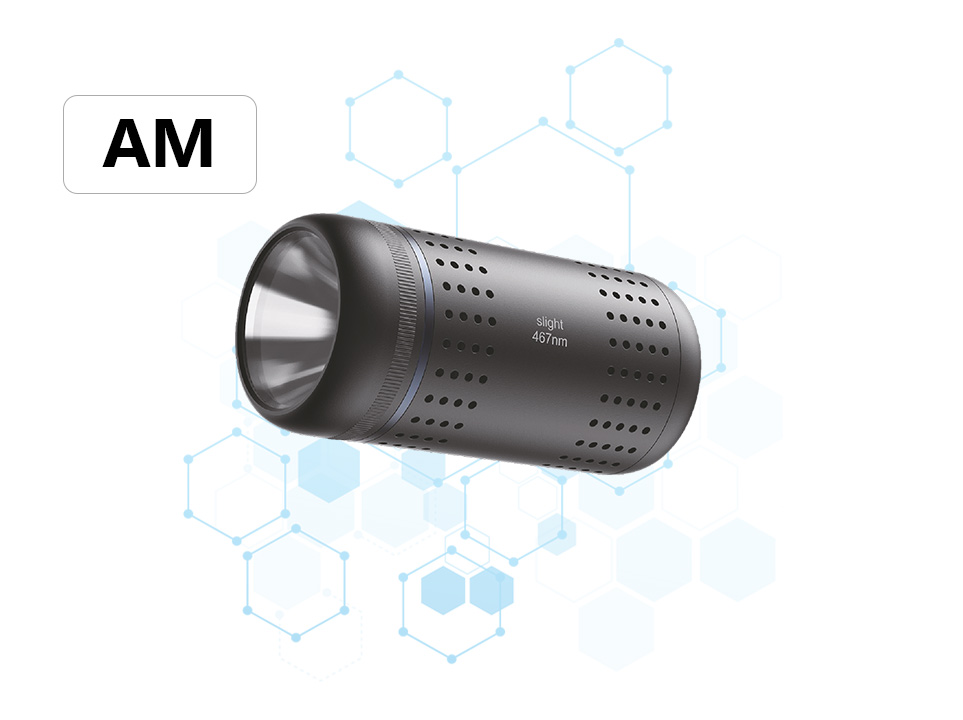Working Principle and Product Characteristics of Temperature-Controlled Glass Photoreaction Vessel

The working principle and product characteristics of the temperature-controlled glass photoreaction vessel can be summarized as follows:
I. Working Principle
The working principle of the temperature-controlled glass photoreaction vessel is primarily based on its double-layered glass design. When in use, reactants are placed inside the inner glass vessel, where they undergo stirring and reaction under atmospheric or negative pressure conditions. Simultaneously, a constant-temperature (high or low temperature) thermal solution or coolant is injected into the interlayer of the double-layered reaction vessel to maintain a constant temperature for heating or cooling the materials inside. In this way, the medium in the interlayer (such as refrigerant, heated water, or heating oil) circulates and reacts through stirring, achieving the heating or cooling effect. Additionally, some temperature-controlled glass photoreaction vessels are equipped with light sources for photochemical reactions.
II. Product Characteristics
High Transparency: The temperature-controlled glass photoreaction vessel adopts high-borosilicate glass (GG-17) material, which offers extremely high transparency, enabling clear observation of the reaction process inside the vessel and facilitating real-time monitoring by experimental operators.
Strong Corrosion Resistance: Due to the excellent chemical properties of glass material, the temperature-controlled glass photoreaction vessel can withstand the reaction conditions of most acids, bases, salts, and other chemical reagents, exhibiting outstanding corrosion resistance.
Precise Temperature Control: Equipped with an advanced temperature control system, the temperature-controlled glass photoreaction vessel can achieve precise control of the reaction temperature, ensuring the stability and reliability of the reaction. The temperature range is broad, satisfying the reaction requirements under various temperature conditions, with a maximum high temperature of 300°C and a minimum low temperature of -80°C.
Structural Stability: The overall structure adopts an aluminum alloy and 304 stainless steel frame, making it stable and sturdy. The bottom is equipped with Formax swivel casters with brakes, facilitating easy movement and fixation.
Convenient Operation: The reactor chamber and jacket are designed with no dead corners. The reactor cover features a special solid material feeding port, and the large diameter design allows for easy cleaning without disassembly after the reaction. Additionally, the stirring system adopts frequency conversion speed regulation technology, allowing adjustment of the stirring speed as needed.
High Safety: The unique double-glass design enhances the safety of experiments, ensuring the safety of research and development personnel and the laboratory. Meanwhile, the reactor connections adopt PTFE sealing, which has excellent sealing performance, corrosion resistance, acid, and alkali resistance, further ensuring the high sealing performance of the glass reaction vessel.
Wide Range of Applications: Due to its corrosion resistance, high transparency, and other characteristics, the temperature-controlled glass photoreaction vessel is widely used in chemical synthesis, material research, pharmaceutical preparation, and other fields. It is particularly suitable for chemical reactions where solvents undergo vigorous reactions, generate large amounts of flammable or explosive gases, or contain fluorine and chloride ions that severely corrode stainless steel.





